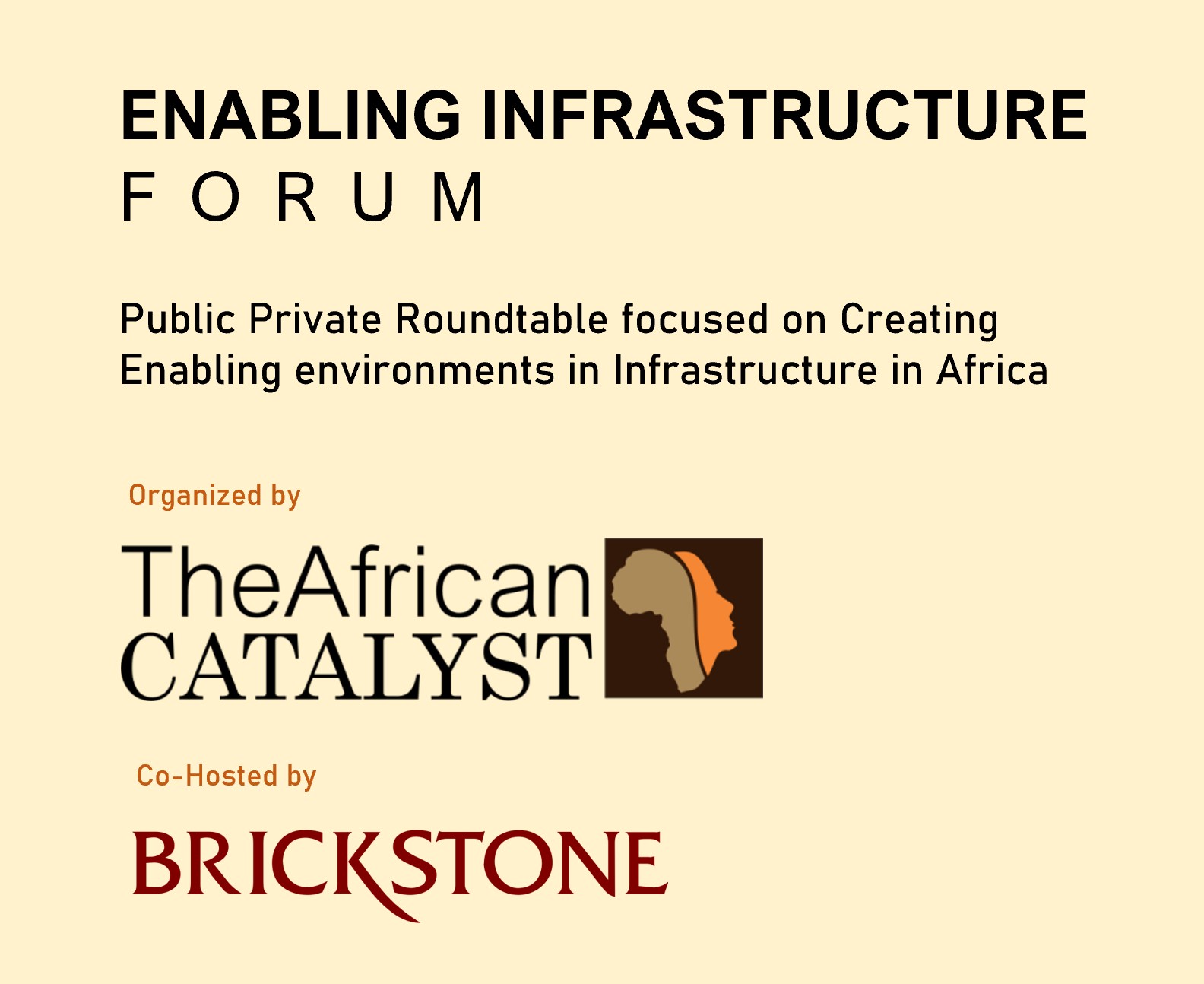Sustainable Infrastructure as Key to Development
According to the UN, infrastructure and sustainable development are positively interlinked. Approximately 70% of greenhouse gasses are linked to the construction and operation of infrastructure, and buildings alone are estimated to account for more than 30% of global resource consumption and energy end use. According to a WHO report, the number of deaths from emissions from key infrastructure industries will rise from the current 150,000 per year to 250,000 by 2030.
Does that mean that the solution to fulfilling the Sustainable Development Goals (SDGs) and to saving our planet is to stop all construction of infrastructure?
This article by The African Catalyst reviews the UN’s publication on the relationship between the SDGs and infrastructure, highlighting key facts and takeaways.
Sustainable Development Goals and Infrastructure
According to the UN, 2015, all United Nations Member States adopted a development policy on sustainability which centers around the 17 Sustainable Development Goals (SDG). The 17 goals provide a global blueprint for peace and prosperity of people and the planet, and are set to be achieved by 2030.
It goes without saying that SDG 9, Industry, Innovation and Infrastructure, and SDG 11, Sustainable Cities and Communities, are connected with infrastructure. But we also rely upon diverse forms of infrastructure to deliver essential services and support our economies.
Human well-being depends upon water and sanitation infrastructure (SDG 6), just as quality education (SDG 4) and productivity depend on access to energy (SDG 7). Infrastructure can result in better health (SDG 3), can result in economic growth (SDG 8), and with all these combined, it can help eradicate poverty (SDG 1). Overall, purposefully planned urban infrastructure including smart public transportation, green and energy-efficient buildings as well as green spaces are vital to ensure that the world’s fast-growing cities are in line with the 2030 Agenda.
The African Catalyst in partnership with Brickstone is co-hosting the Enabling Infrastructure Forum scheduled to hold in June 2023 in Lagos, Nigeria. The forum will discuss closely with the Government for policy evolution and on-the-ground implementation which attempts to influence key stakeholders in the areas of – Early Stage Development and Financing of Low Carbon Infrastructure.
The forum will assemble key leaders in Africa's infrastructure delivery to discuss infrastructure challenges and opportunities; and how innovations in project delivery and readiness, deal structuring, and sustainability solutions can help to solve critical issues for Low Carbon Infrastructure
Click the link to get more information and save the date.
These examples show the answer is not to stop construction of infrastructure, but to ameliorate the construction plans and to shape it in such a way that helps achieving the SDGs. Part of the solution lies in sustainable infrastructure or low-carbon infrastructure.
What is Sustainable Infrastructure?
Sustainable infrastructure is planned, designed, constructed, operated, and decommissioned in a manner to ensure economic and financial, social, environmental (including climate resilience), and institutional sustainability over its entire life cycle. While the economic benefits and financial aspects are important, there are economic risks associated with it that need to be considered to avoid any negative impacts, e.g. debt and fiscal sustainability.
Sustainable infrastructure can help build resilience in countries while protecting against exposure to extreme climate change events. An example of low carbon infrastructure is railway infrastructure that reduces the number of carbon-emitting trucks.
Investments in sustainable infrastructure are crucial not only to renew old equipment in developed countries and bring them in sync with the fight against climate change, but also to bolster green economic growth in emerging markets and developing countries. Sustainable infrastructure braces cities against climate change.
The demand for this type of infrastructure and the worldwide drive for economic growth are high in both developed countries and in developing countries as well.
The People, the Economy, and the Planet
According to the UN, infrastructure can yield cross-sectorial benefits and provides a basis for improvements within three dimensions: an economic dimension, a social dimension, and an environmental dimension.
Sustainable infrastructure underpins the delivery of all the social SDGs. Improved access to basic services is one of the fundamental objectives of infrastructure development, and sustainable infrastructure that integrates electricity, transport, clean water, and sanitation services is closely associated with poverty alleviation.
For the economy, investments in infrastructure will result in growth through employment creation, a new source of income, trade opportunities and assets and services. The optimal use of local labor and materials can also stimulate the local economy and contribute to poverty reduction.
At last, it is widely acknowledged that the ambitions set out by the Paris Agreement on Climate Change will only be met by a transition towards sustainable energy requiring large investments in new infrastructure, and that limiting climate change to any level.
Read more here.



